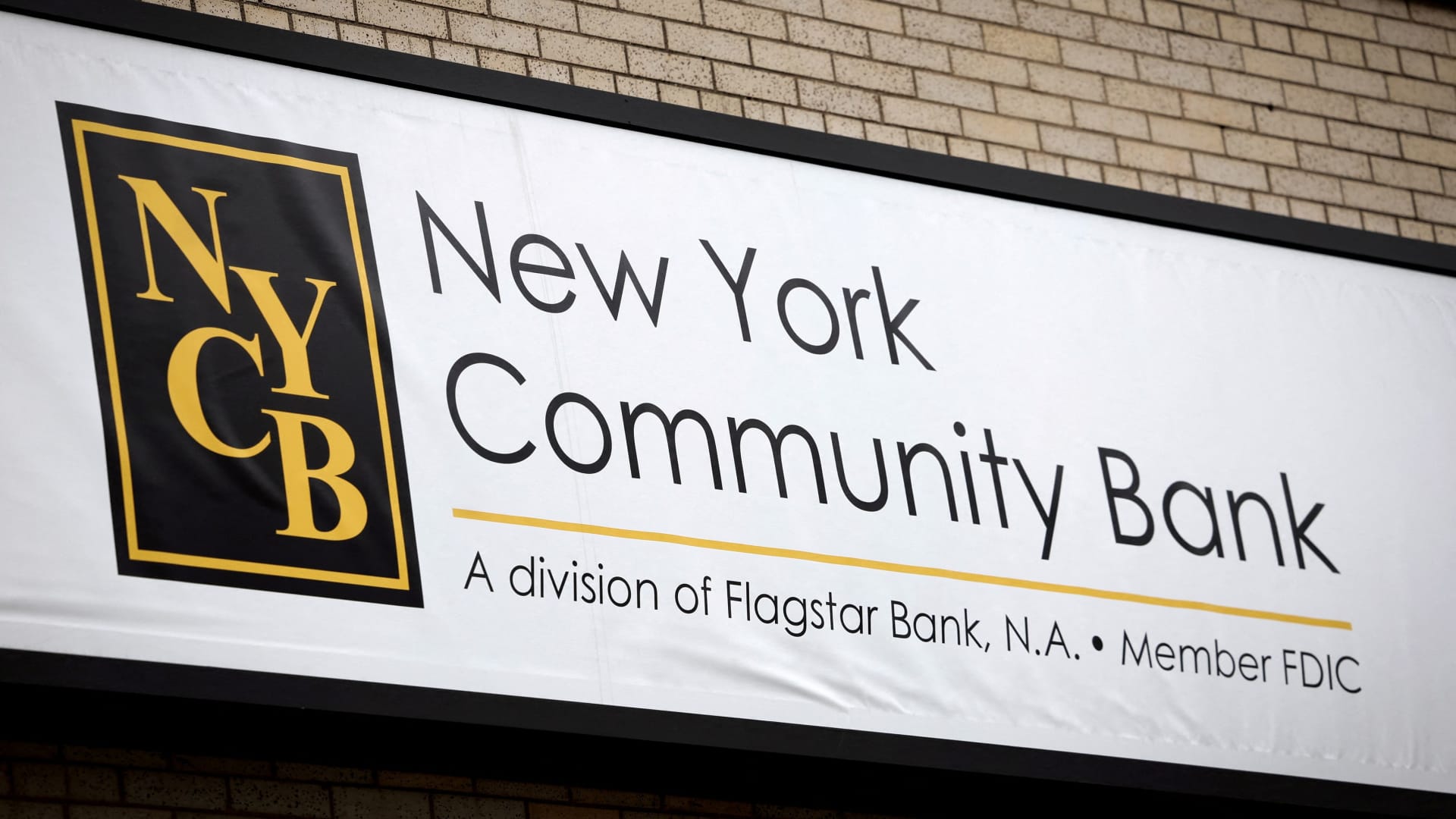Products You May Like
Regional lender New York Community Bank may have to pay more to retain deposits after one of the company’s key ratings was slashed for the second time in a month.
Late Friday, Moody’s Investors Service cut the deposit rating of NYCB’s main banking subsidiary by four notches, to Ba3 from Baa2, putting it three levels below investment grade. That followed a two-notch cut from Moody’s in early February.
The downgrade could trigger contractual obligations from counterparties of NYCB that require the bank to maintain an investment grade deposit rating, according to analysts who track the company. (Consumer deposits at FDIC-insured banks are covered up to $250,000.)
NYCB finds itself in a stock freefall that began a month ago when it reported a surprise fourth-quarter loss and steeper provisions for loan losses. Concerns intensified last week after the bank’s new management found “material weaknesses” in the way it reviewed its commercial loans. Shares of the bank have fallen 72% this year, including an 19% decline Monday, and now trade hands for less than $3 apiece.
Of key interest for analysts and investors is the status of NYCB’s deposits. Last month, the bank said it had $83 billion in deposits as of Feb. 5, and that 72% of those were insured or collateralized. But the figures are from the day before Moody’s began slashing the bank’s ratings, sparking speculation about possible flight of deposits since then.
The Moody’s ratings cuts could impact funds in at least two areas: a “Banking as a Service” business with $7.8 billion in deposits as of a May regulatory filing, and a mortgage escrow unit with between $6 billion to $8 billion in deposits.
“There is potential risk to servicing deposits in the event of a downgrade,” Citigroup analyst Keith Horowitz said in Feb. 4 research note. NYCB executives told Horowitz that the deposit rating, which Moody’s had pegged at A3 at the time, would have to fall four notches before being at risk. It has fallen six notches since that note was published.
During a Feb. 7 conference call, NYCB CFO John Pinto confirmed that the bank’s mortgage escrow business needed to maintain an investment grade status and said that deposit levels in the unit fluctuated between $6 billion and $8 billion.
“If there’s a contract with these depositors that you have to be investment grade, theoretically that would be a triggering event,” KBW analyst Chris McGratty said of the Moody’s downgrade.
NYCB didn’t immediately return calls or an email seeking comment.
It couldn’t be determined what the contracts force NYCB to do in the event of it breaching investment grade status, or whether downgrades from multiple ratings firms would be needed to trigger contractual provisions.
To replace deposits, NYCB could raise brokered deposits, issue new debt or borrow from the Federal Reserve’s facilities, but they would all probably come at a higher cost, McGratty said.
“They will do whatever it takes to keep deposits in house, but as this scenario is playing out, it may become more cost prohibitive to fund the balance sheet,” McGratty said.
This story is developing. Please check back for updates.
